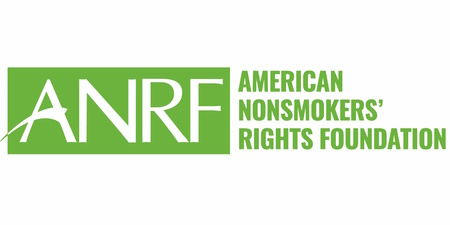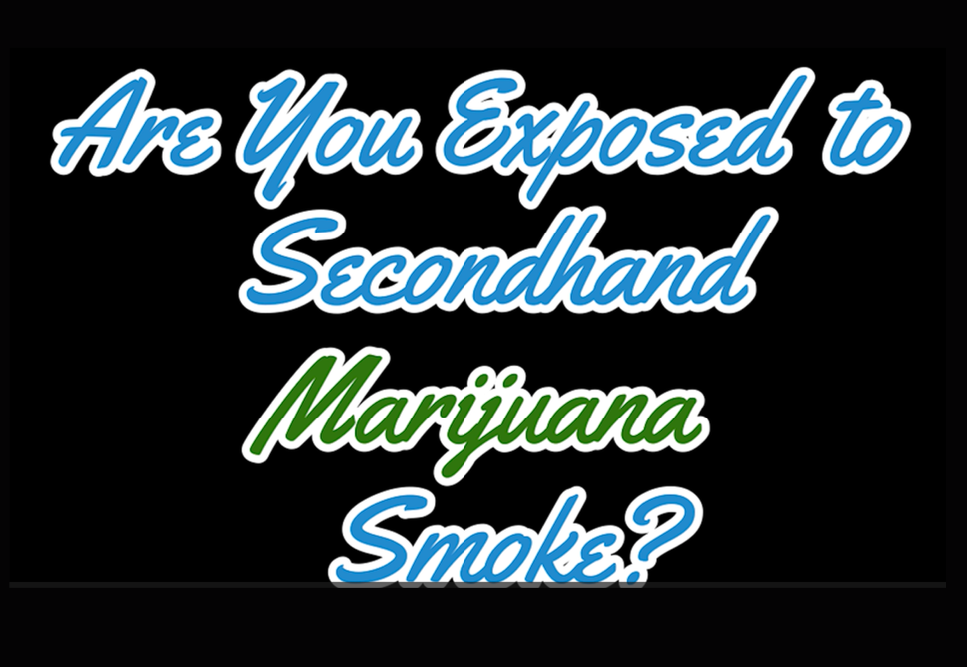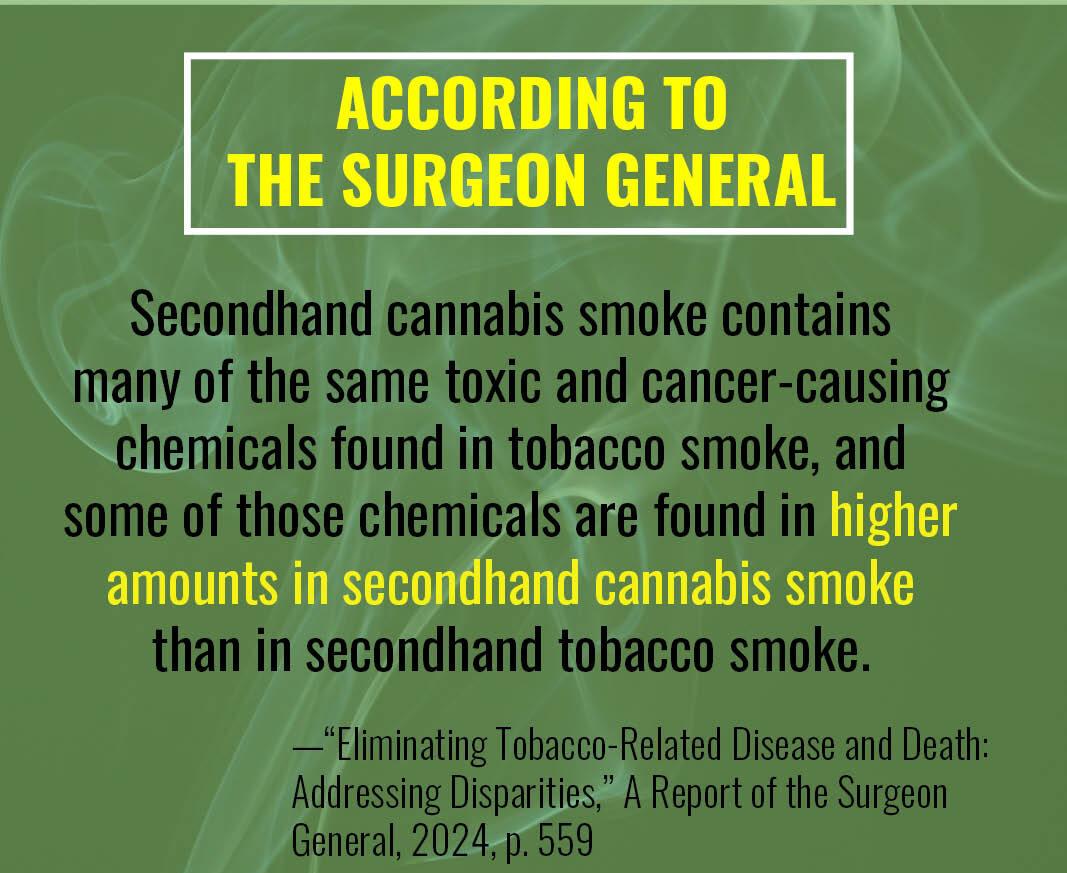Exposed to Secondhand Marijuana / Cannabis Smoke in your Multi-Unit Home?
As more states legalize marijuana—which is also often called cannabis—more people are being exposed at home to this growing source of secondhand smoke.
1. Is secondhand marijuana smoke a concern for people’s health?
The answer is YES. We now have a growing body of research studies that look at the health risks of breathing secondhand marijuana smoke. The most important thing to know is that breathing any type of smoke poses real health risks—whether it’s from marijuana, tobacco, wildfires, or even car exhaust. That’s because all types of smoke are made up of very small particles called fine particulate matter. These fine particles are breathed deeply into our lungs, which can cause lung irritation, asthma attacks, and respiratory infections. And it can make people’s existing respiratory issues, like asthma and COPD, even worse. It doesn’t matter whether the smoke particles are coming from tobacco or marijuana or any other substance—just the fact that we’re breathing in something this small can be harmful. The U.S. Surgeon General’s Report that was released in 2024 confirmed the research that “Secondhand cannabis smoke contains many of the same toxic and cancer-causing chemicals that are found in tobacco smoke, and some of those chemicals are found in higher amounts in cannabis smoke.” The ANR Foundation has a Secondhand Marijuana Smoke Fact Sheet, which gives a helpful overview of all the latest science on the health risks of breathing secondhand marijuana smoke. You can use this document to help educate people, including sharing it with your landlord or other housing provider.
2. Can anything be done about drifting marijuana smoke in your apartment or condo?
The answer is YES. It’s important to know that even in states where marijuana is now legal, landlords and condominium boards, and other housing providers can include marijuana in their smokefree building policies. It is perfectly legal to not allow marijuana smoking and vaping wherever tobacco smoking and vaping are not allowed. Just because it is legal, does not mean people have a right to smoke wherever they like. We believe that our smokefree spaces should be free of all types of smoke. Even if your residence is covered by a smokefree policy, a building is not really smokefree if marijuana smoking and vaping is still allowed indoors.
3. We have Information for landlords and managers.
To help landlords and other housing providers adopt a smokefree policy, that includes both tobacco and marijuana, ANR Foundation has Model Smokefree Lease Addendum language available, which you can share with your housing provider. If your building has a smokefree policy, but it’s weak and doesn’t include marijuana yet, your landlord can also use this lease addendum language to update that policy, so that it can more effectively protect you and your neighbors’ health. Remember, this issue is about protecting people from breathing harmful secondhand smoke. We are not against marijuana use, but it should not be used in ways that harm other people.
4. If this is an issue that you’re facing, what can you do?
A good place to start is to read the Secondhand Marijuana Smoke Fact Sheet and Model Smokefree Lease Addendum, and then include these resources with an email or letter to your landlord or other housing provider. Be sure to explain what the problem is—that you’re being exposed to your neighbor’s secondhand marijuana smoke, share how it’s impacting you and your family members, and ask them to adopt a smokefree policy for the building—or strengthen their existing policy—so that you and your neighbors can live in a safe, healthy, smokefree environment. Also: If you live in California, there are now more than 100 cities and counties that have adopted local laws that regulate smoking in multi-unit housing.
The majority of these local laws prohibit marijuana smoking and vaping wherever tobacco smoking and vaping is not allowed. You can look at ANR Foundation’s list of smokefree multi-unit housing laws to see if there’s already a law in your community and what it covers—including whether your community still needs to take action to expand smokefree housing protections to include marijuana. Remember: Sharing your story and speaking up to ask for what you need are important ways to advocate for having a healthier place to live. The bottom line is that everyone deserves to breathe smokefree air at home. And smokefree spaces should be free from ALL types of secondhand smoke exposure. For more information about smokefree multi-unit housing, and tips for what you can do, you can watch our video called “Guidance for Smokefree Multi Unit Housing.”
Resources:







